Advanced Biology - Muscular System
1/46
There's no tags or description
Looks like no tags are added yet.
Name | Mastery | Learn | Test | Matching | Spaced |
|---|
No study sessions yet.
47 Terms
skeletal muscle
these are muscles for which a person consciously chooses to contract; it is also called a striated muscle.
smooth muscles
these are non-striated muscles under the control of the subconscious regions of the brain; also known as the visceral muscle.
toward
this is the meaning of the prefix ad-.
weakness
this is the meaning of the suffix -anesthenia.
sole of foot
this is the meaning of the prefix -plant/o.
to bring
this is the meaning of the prefix -duct/o.
muscle
this is the meaning of the prefix -myos/o.
400
fill in the blank.
the human body has more than _________ skeletal muscles.
abduction
this muscle action refers to the movement away from the midline of the body.
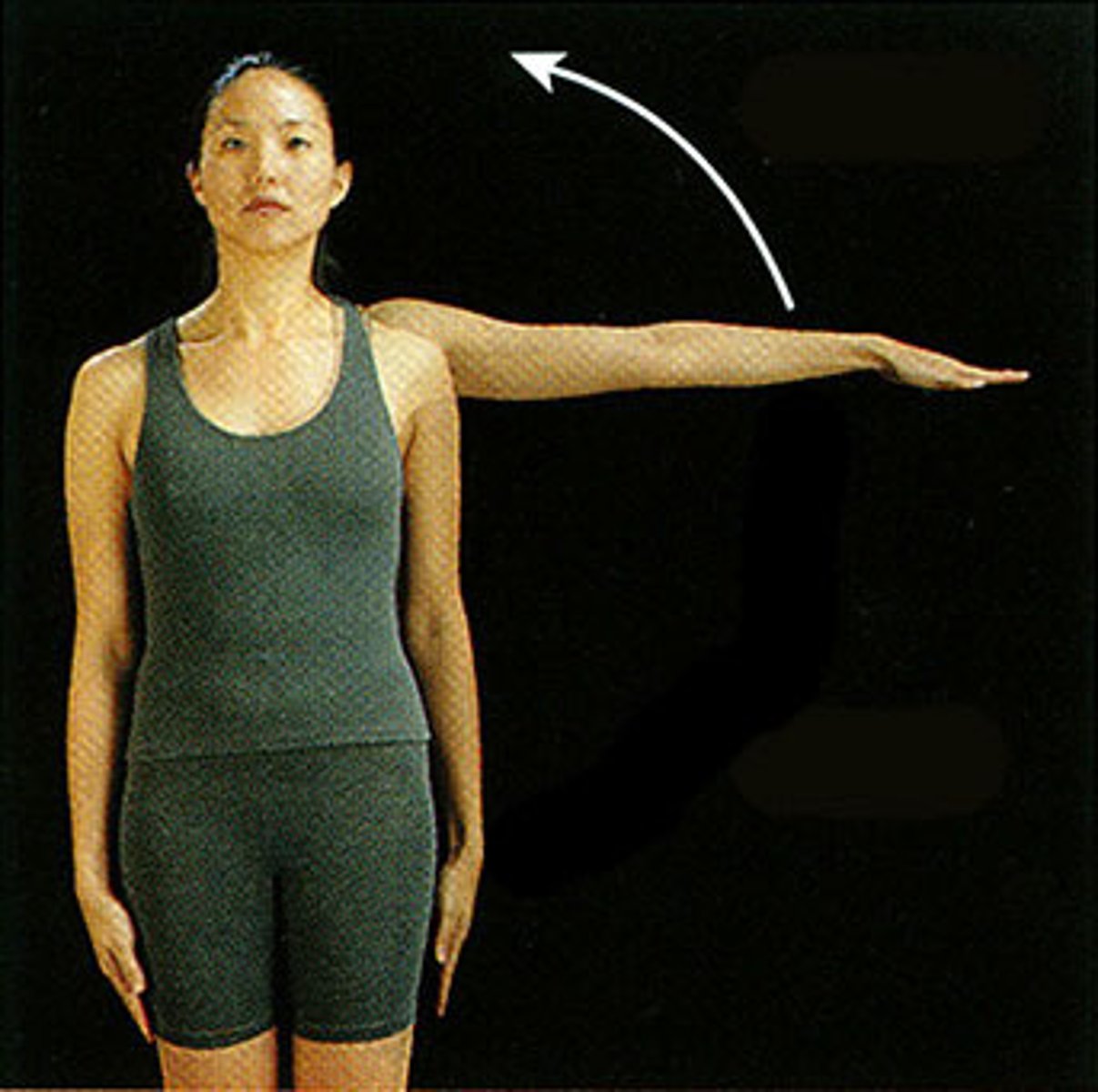
adduction
this muscle action refers to the movement toward the midline of the body.
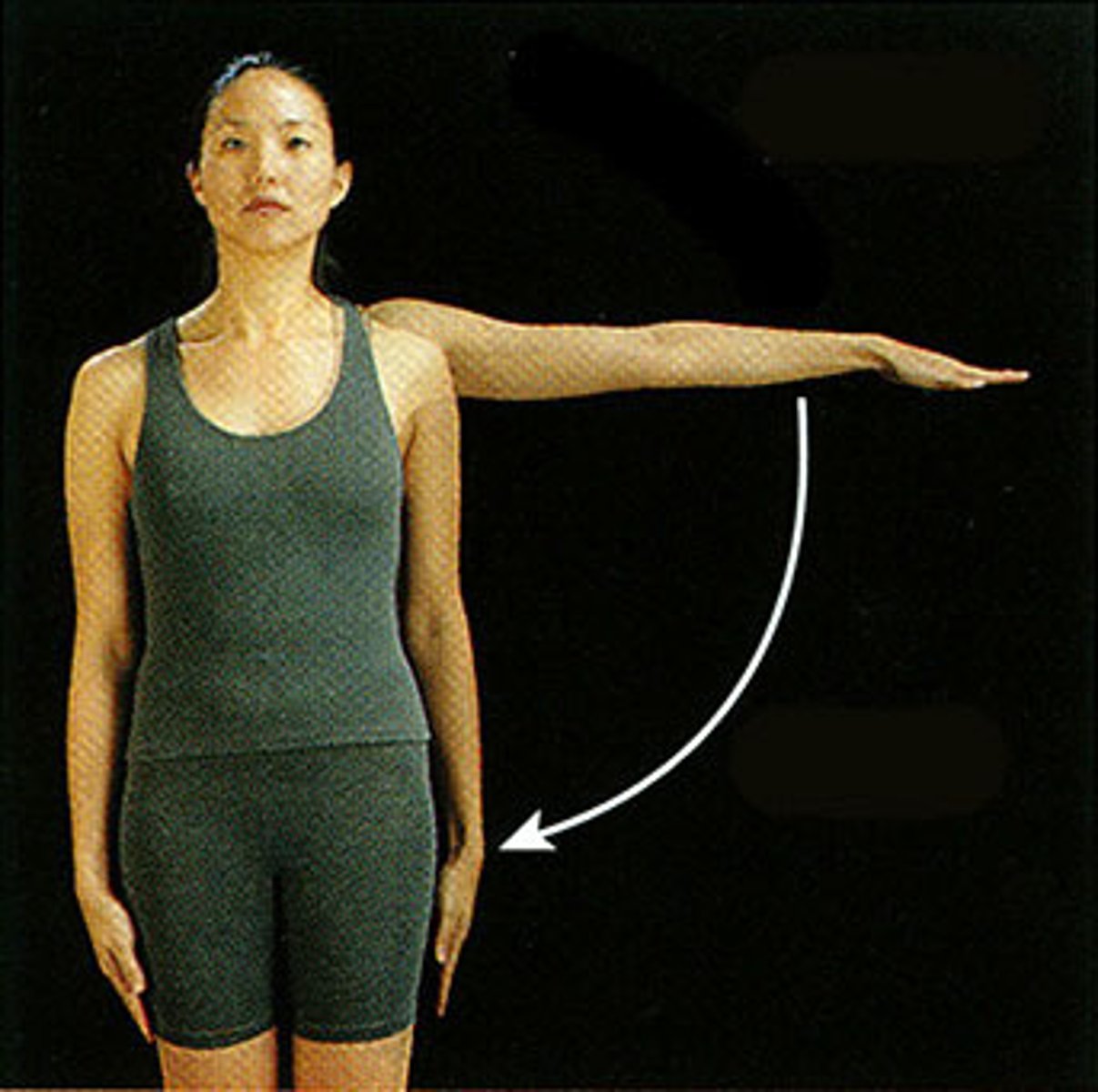
flexion
this muscle action refers to the act of bending or being bent.
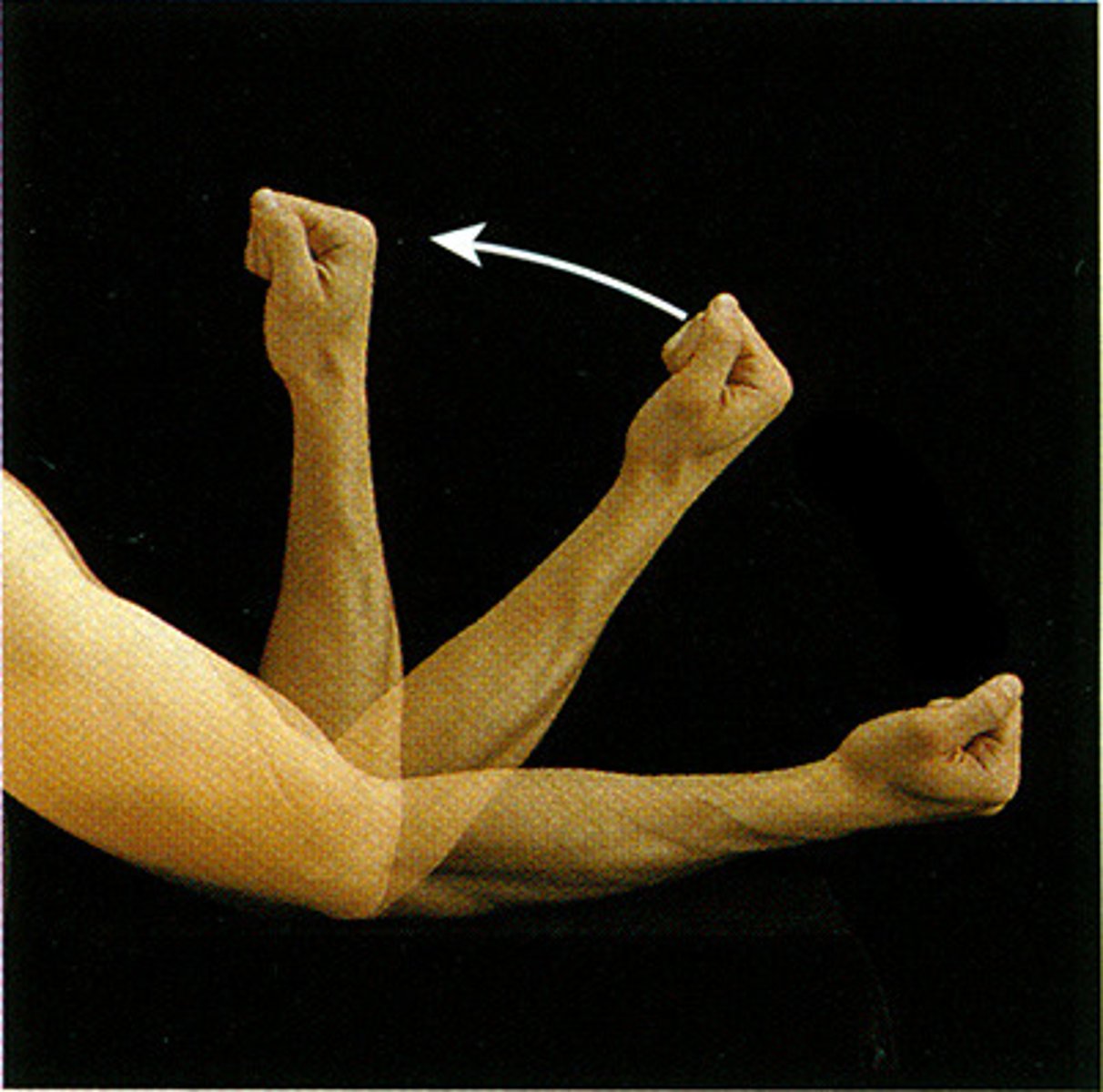
extension
this muscle action refers to the movement that brings the limbs into or towards a straight condition.
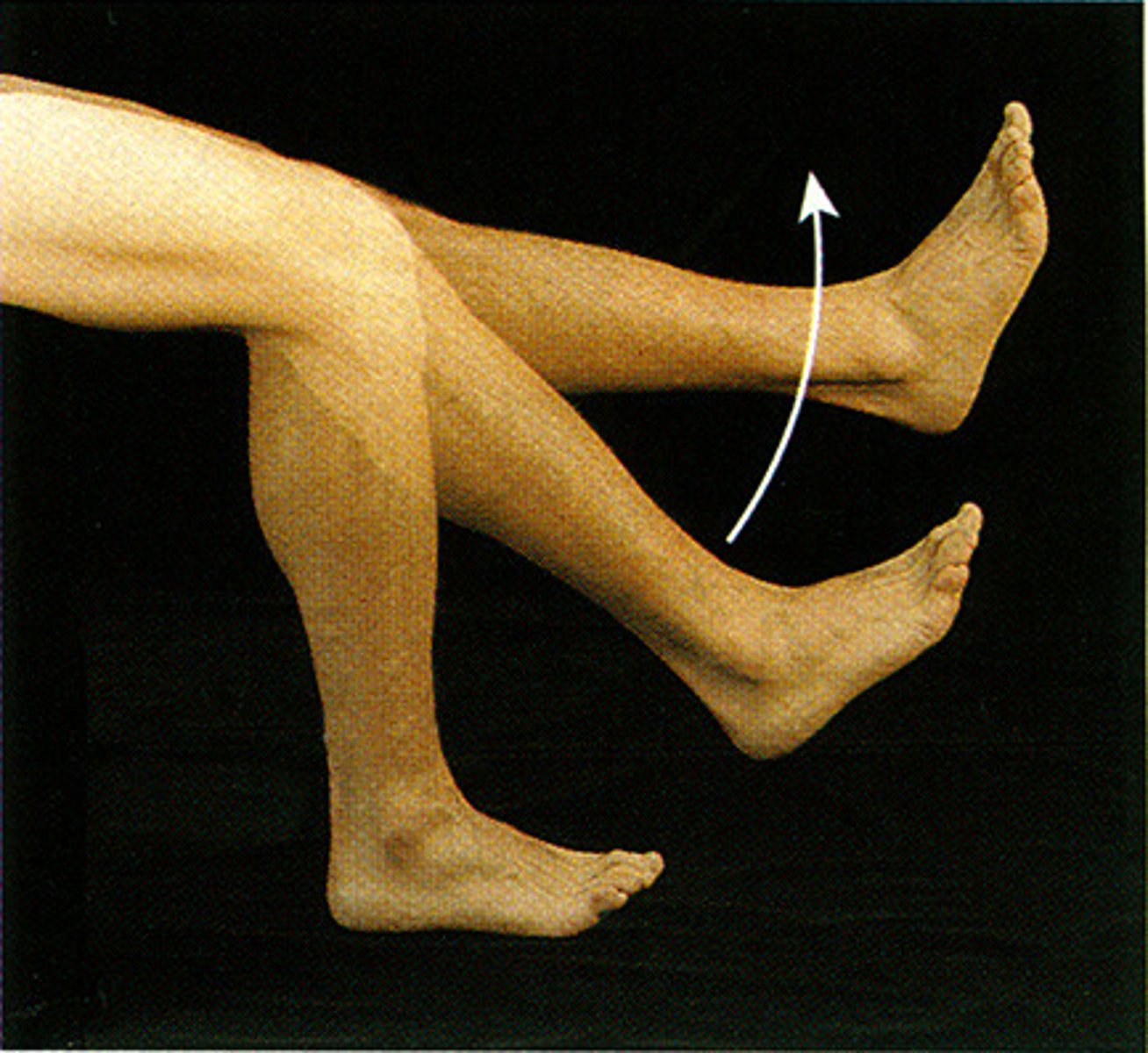
dorsiflexion
this muscle action refers to backward bending, as of hand and foot.
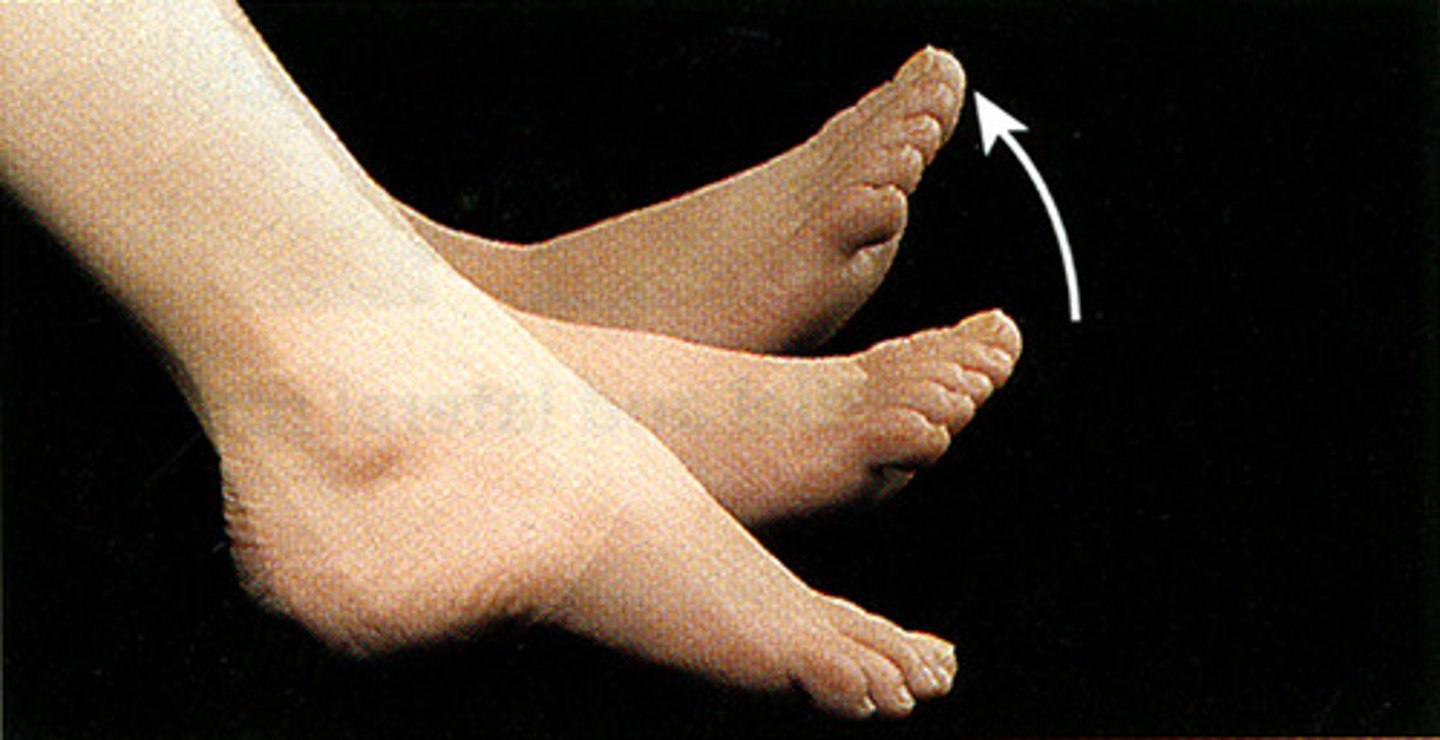
plantar flexion
this muscle action refers to the bending sole of foot; pointing toes downward.

eversion
this muscle action refers to turning outward.
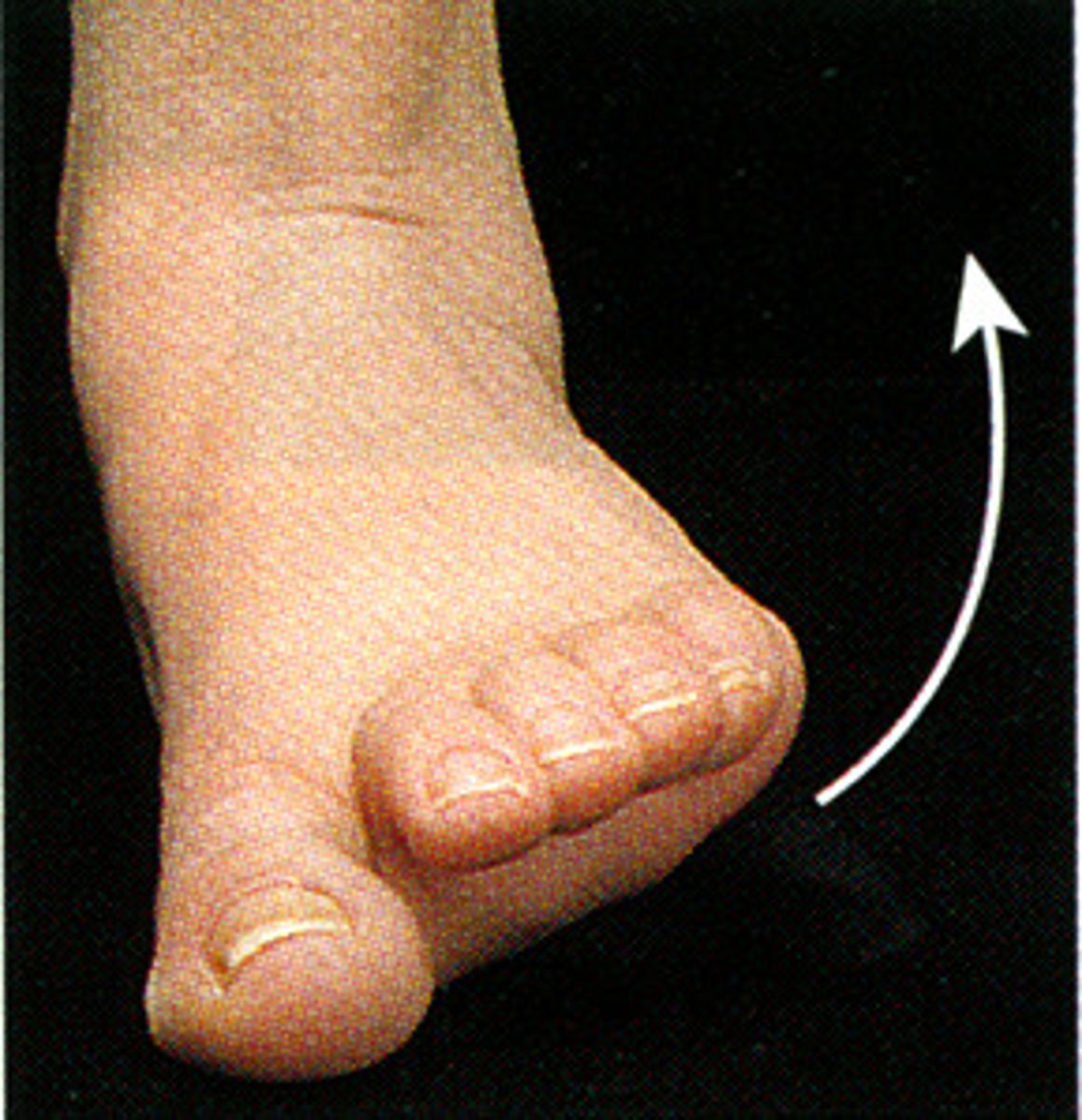
inversion
this muscle action refers to turning inward.
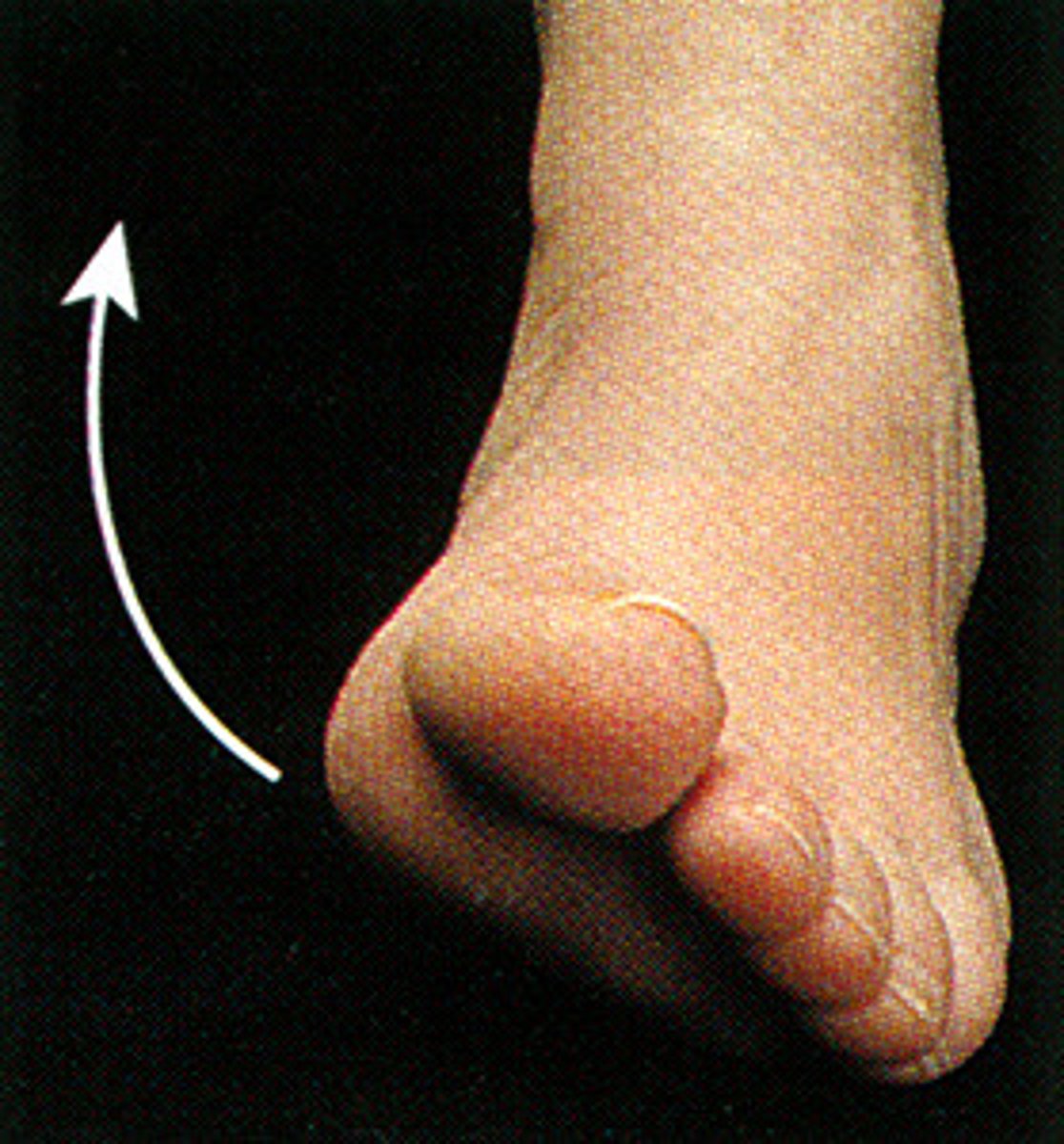
pronation
this muscle action refers to turning downward or backward, as with the hand or foot.

supination
this muscle action refers to turning the palm or foot upward.
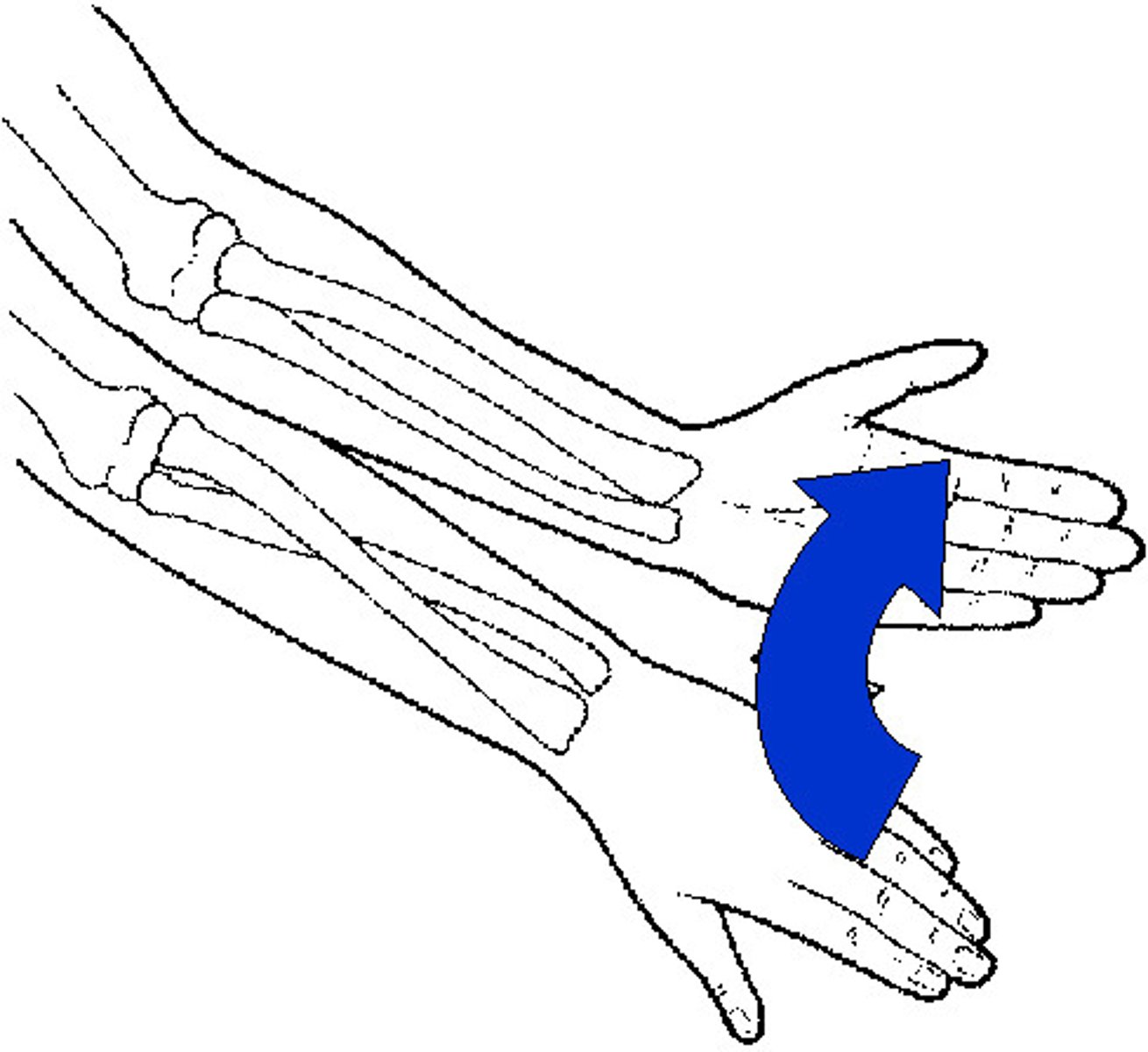
elevation
this muscle action refers to raising a body part, as in shrugging the shoulders.
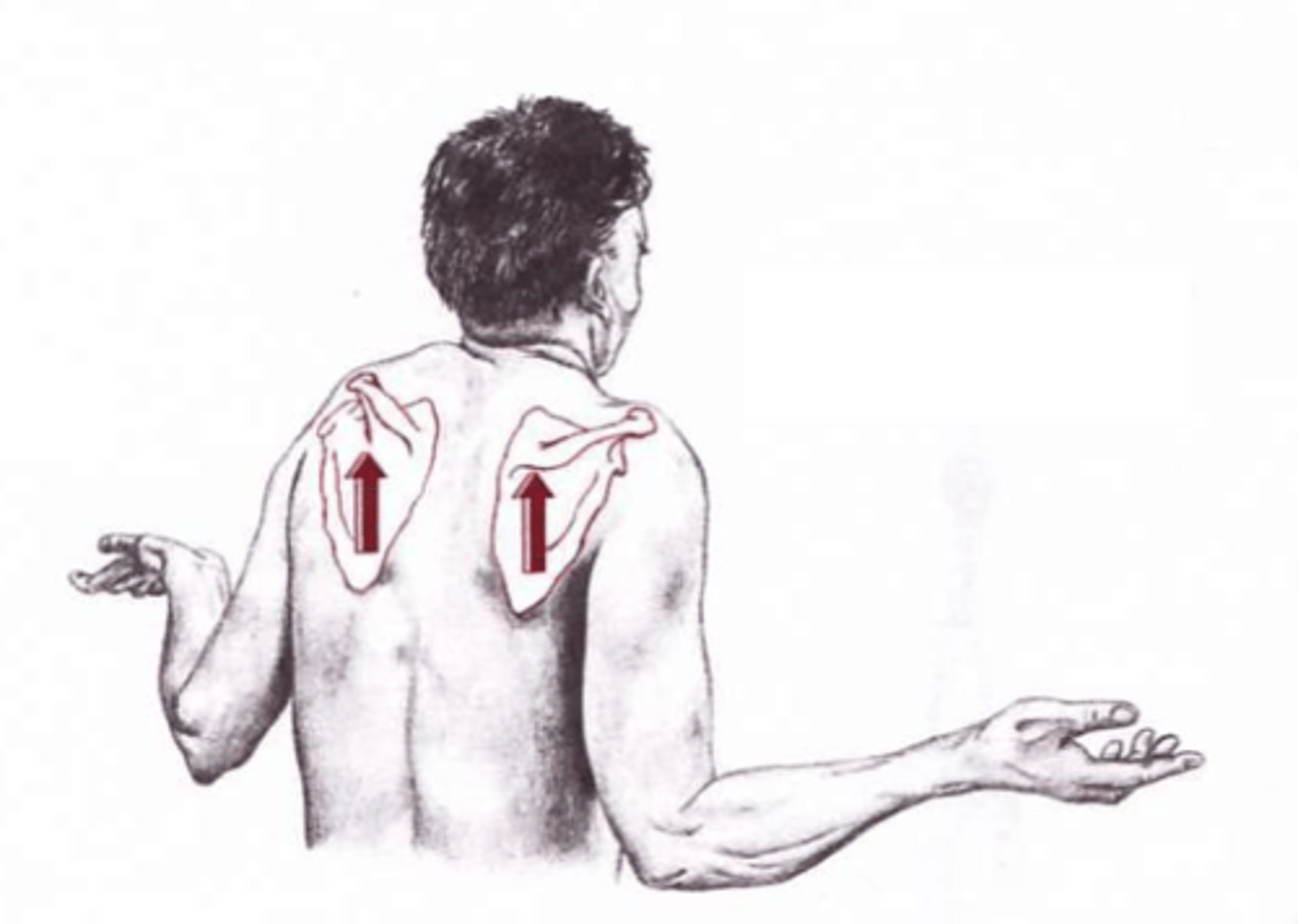
depression
this muscle action refers to the downward movement, as in dropping the shoulders.
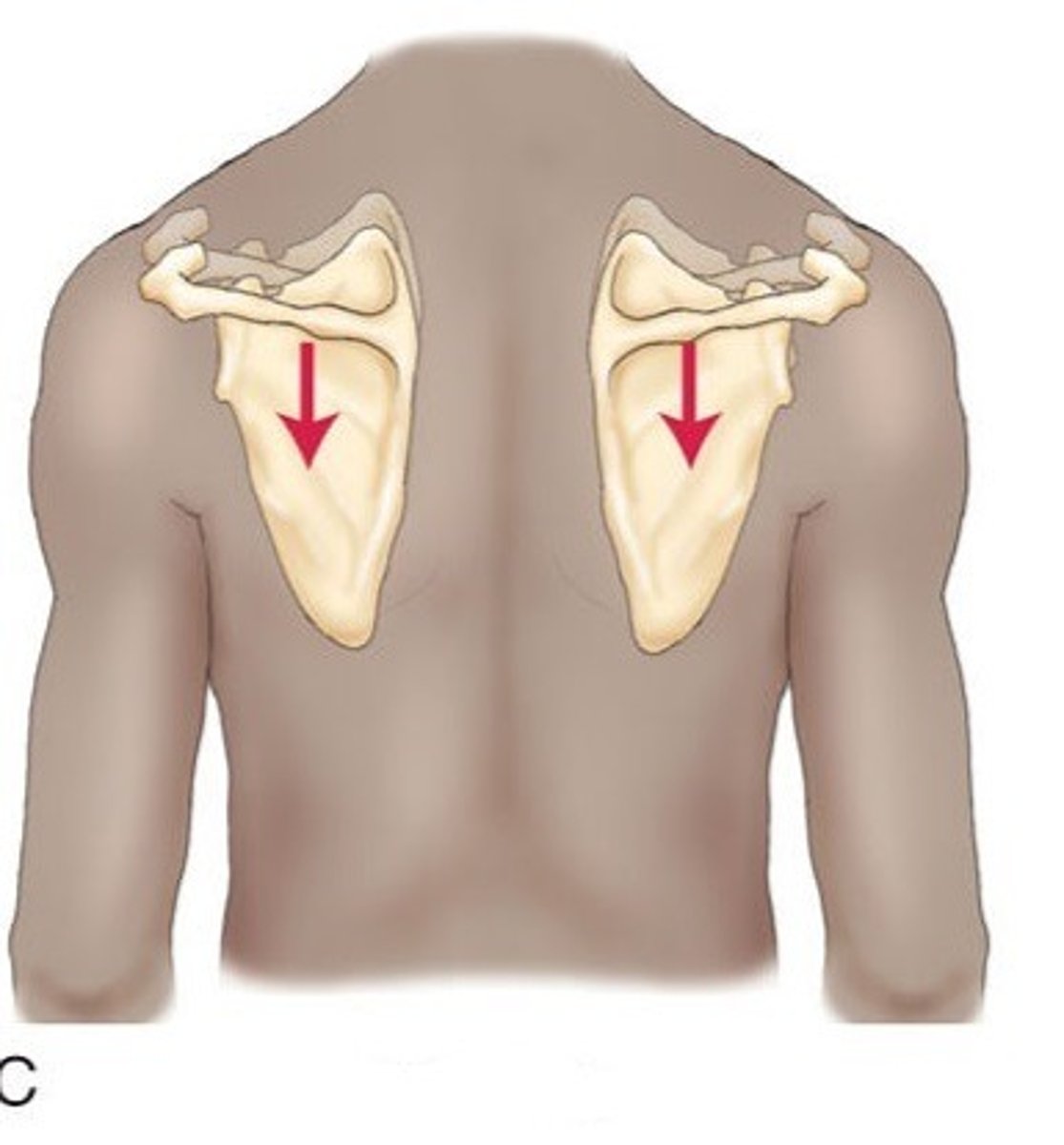
circumduction
this muscle action refers to movement in a circular direction from a central point, as if drawing a large, imaginary circle.
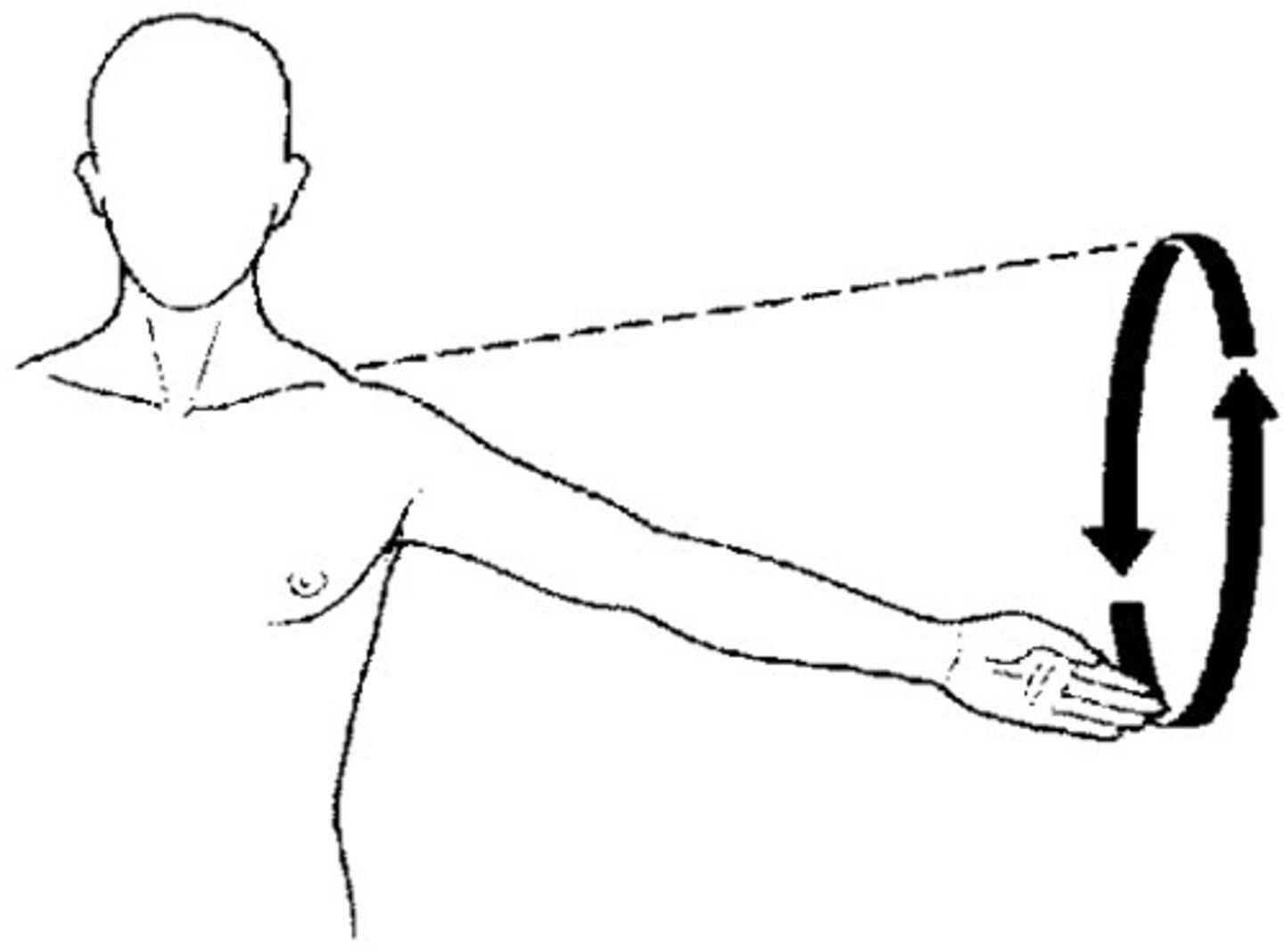
opposition
this muscle action refers to moving the thumb away from the palm; the ability to move the thumb into contact with other fingers.
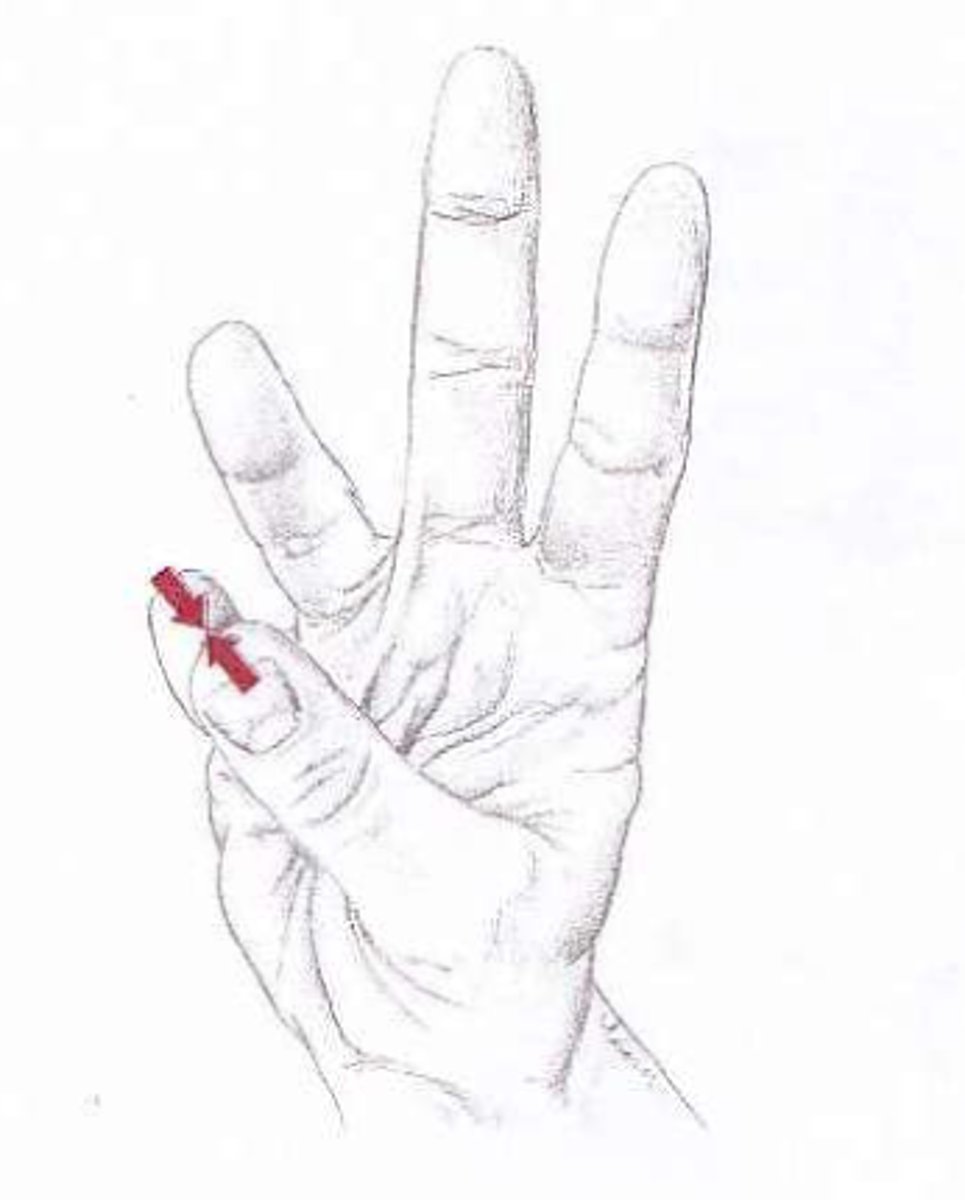
rotation
this muscle action refers to the movement around the central axis.
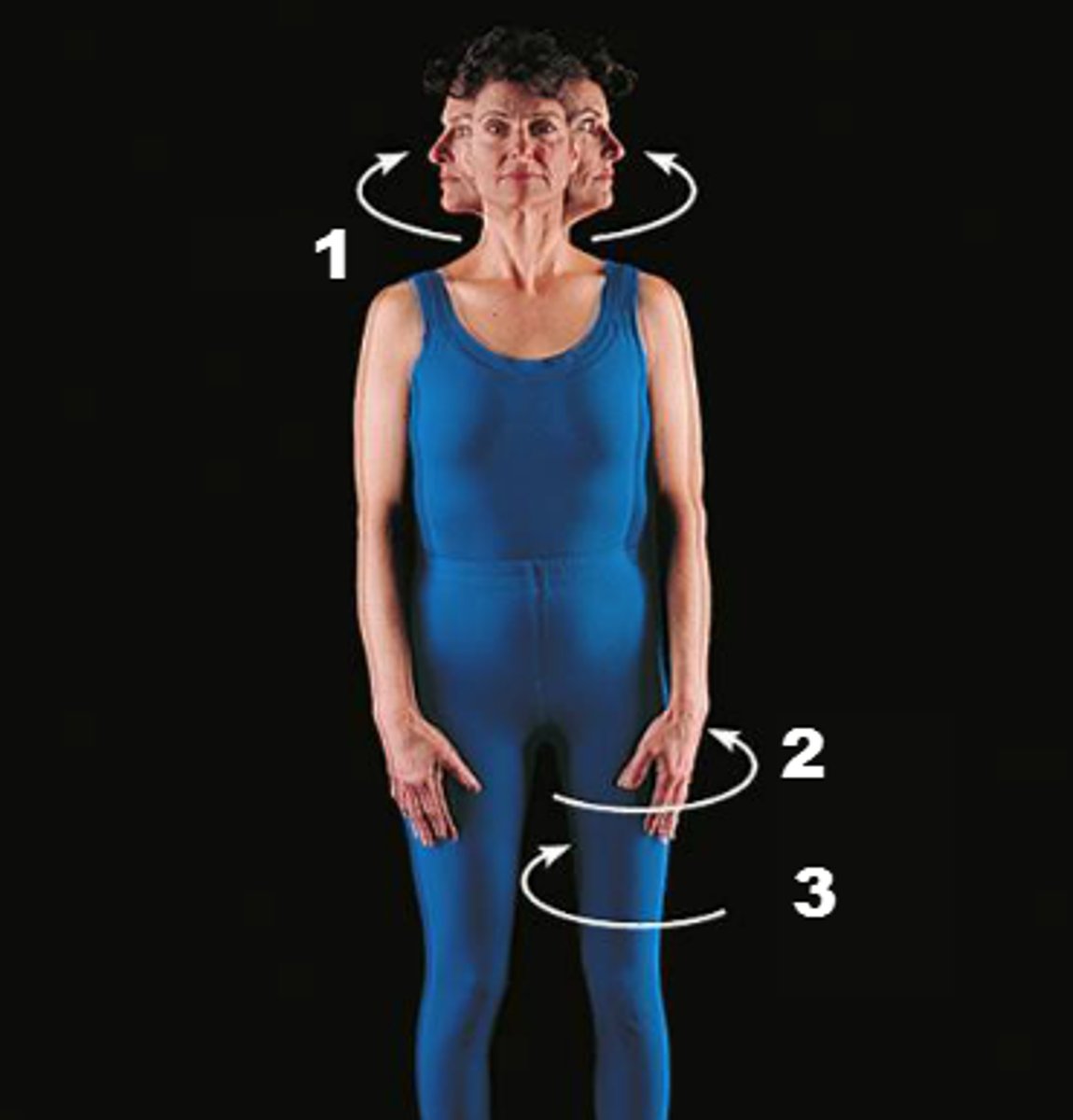
muscles
these are bundles, sheets, or rings of tissues that produce movement by contracting and pulling on the structures to which they are attached.
little mouse
fill in the blank.
muscle came from the Latin word "mus" or ___________________.
skeletal, smooth, cardiac
these are the three types of muscles.
myoneural junction
this is the point at which the monitor nerve contacts a muscle fiber.
cardiac muscle
this muscle makes up the wall of the heart and involves involuntary contraction.
movement
this is the meaning of the word part kinesi/o.
fibrous band
this is the meaning of the word part fasci/o.
fibers
this is the meaning of the word part fibr/o.
to bend
this is the meaning of the word part flex/o.
stretch out
this is the meaning of the word part extens/o.
to revolve
this is the meaning of the word part rotat/o.
tendon
this is the meaning of the word part ten/o.
to turn
this is the meaning of the word part vers/o.
away from
this is the meaning of the prefix ab-.
around
this is the meaning of the prefix circum-.
outward
this is the meaning of the prefix e-.
action
this is the meaning of the suffix -ion.
movement
this is the meaning of the suffix -kinesia.
tone
this is the meaning of the suffix -tonia.
development
this is the meaning of the suffix -thropic.
origin
this skeletal muscle action refers to the less movable of the two bones and is the starting point of the muscle.
insertion
this skeletal muscle action is the more movable bone and is where the muscle ends.
action
this skeletal muscle action is the type of movement a muscle produces.
antagonistic pairs
fill in the blanks.
muscles are often arranged around joints in __________________ __________ meaning that they produce opposite actions.